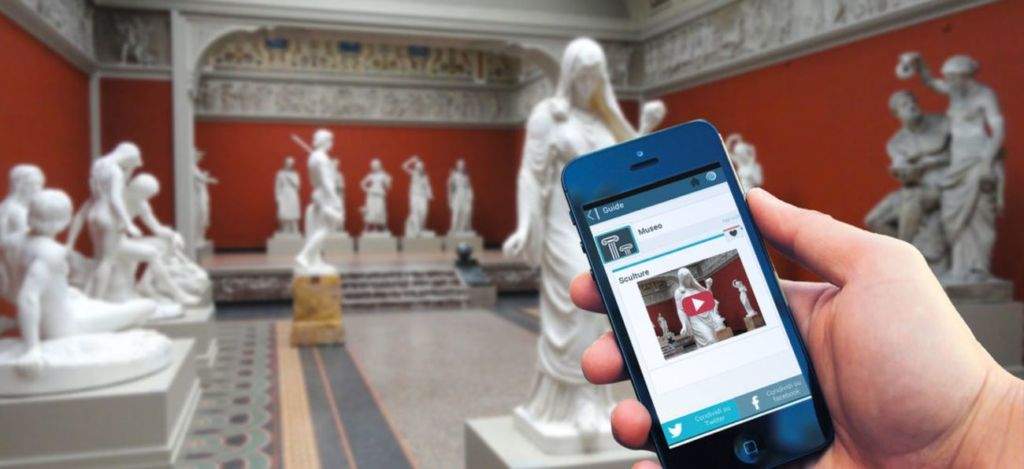To assess whether and how Italian museums are interested and ready for the challenge that digital poses we now have a number of tools and questions at our disposal. For example, one of them is to assess some substantive questions, and decide by what metrics it is useful to evaluate them. Perhaps it is not enough to say that 76 percent of Italian museums are present on at least one social network profile without having equipped themselves with some useful metric for evaluating these presences from a qualitative point of view and in terms of achieving some meaningful goals.
Cataloguing and digitization of works are challenging but vain operations if one has no idea of a strategy with which to put them to use. National cataloguing of works, forced and oversimplified in the public and regional versions we all have in mind, is hardly useful for a playful and contributory dissemination operation, trapped (as it is) in old systems and categories coined for exclusive, acronym-friendly specialism. Digitization, on the other hand, could, if well designed on a strategic basis aimed at openness, be a key to a broadening of audiences and offerings that can have wide and countless creative and contributory developments. Perhaps the time has also come to contrast sharply the virtual visit, on average really not very usable, appreciable, and with a clear objective (other than the impoverished replacement and aping of the physical visit), with the availability of online collections, whose modularity and declination potential are still all yet to be explored in this country; I recently heard Chiara Bernasconi declare without any filter, as one passes ainformation that has been completely obvious and incontrovertible for a long time, that they are a tool that has been outdated for at least a decade: are we waiting for a (very good) brain drain to tell us from the United States?
 |
Even having a website dedicated to a museum as reported by the study of theOsservatorio Innovazione Digitale nei Beni e Attività Culturali del Politecnico di Milano no longer constitutes (not even just formally) a guarantee of digital vibrancy: having a site with a few static pages, no CMS, no online collection is certainly not testimony responsive to a sustainable, creative and nurturing expression of a 21st century museum.
In short, I think it would be good to adapt the categories and metrics of evaluation with what already exists and has matured over decades from international experiences, compared to which we are yes a little behind, but which are often documented and available in the Anglo-Saxon-style bibliography and sitography, and therefore a useful tool for quick retrieval (how long will we wait for an Italian museum blog that transparently tells of successful and unsuccessful initiatives, to the benefit of the whole sector?).
A change of pace is needed to enhance those with appropriate museum and digital skills: specialists in the field should be integrated, changing internal processes, based on a pattern marked by circularity, and not juxtaposed with the museum.
In short, one cannot pretend to be digital. And the lockdown has given us incontrovertible (as much as unnecessary) proof of that. I don’t even think it’s about investment, or lack thereof, but about trust and competence in the medium, with real mandate.
This contribution was originally published in No. 7 of our print magazine Finestre Sull’Arte on paper. Click here to subscribe.
Warning: the translation into English of the original Italian article was created using automatic tools. We undertake to review all articles, but we do not guarantee the total absence of inaccuracies in the translation due to the program. You can find the original by clicking on the ITA button. If you find any mistake,please contact us.